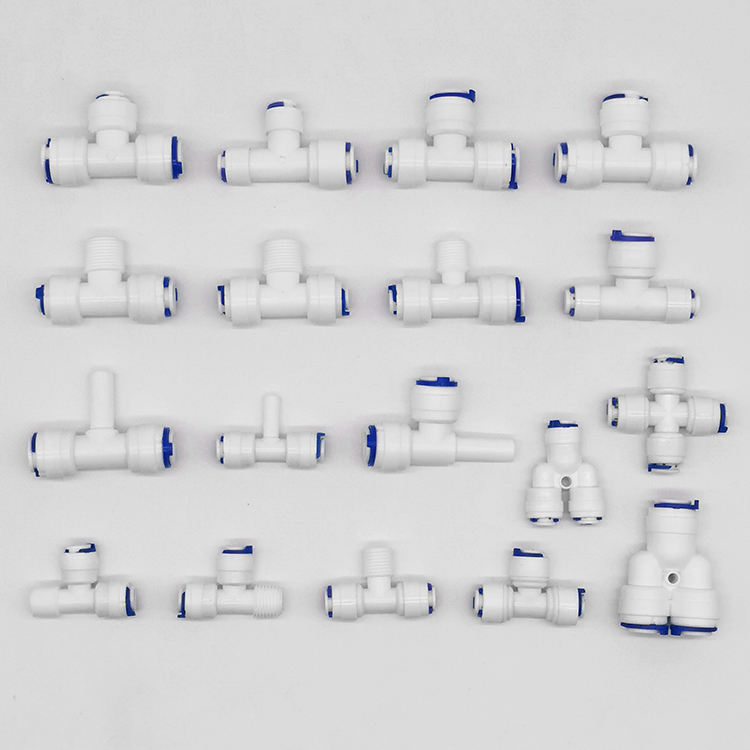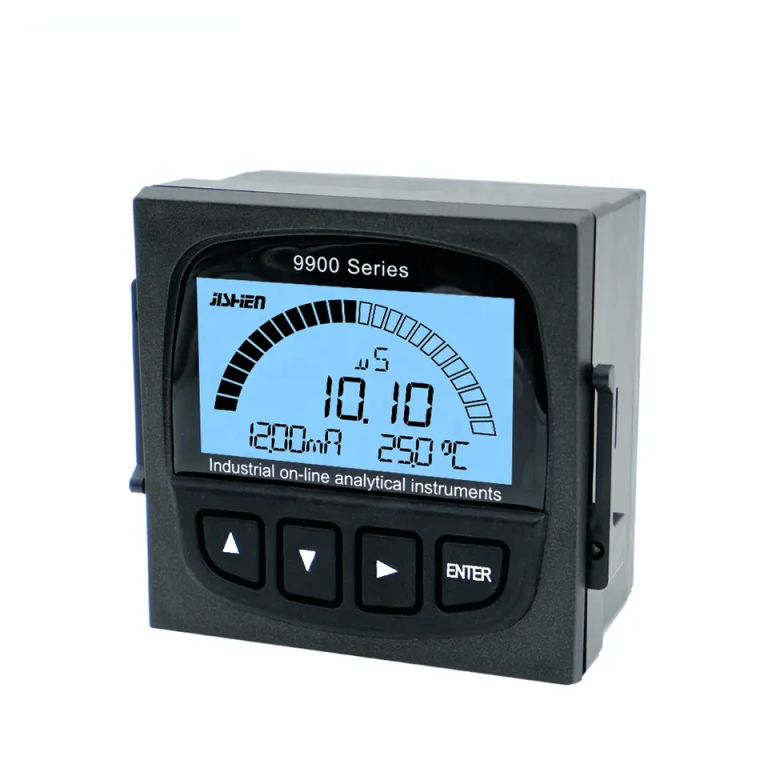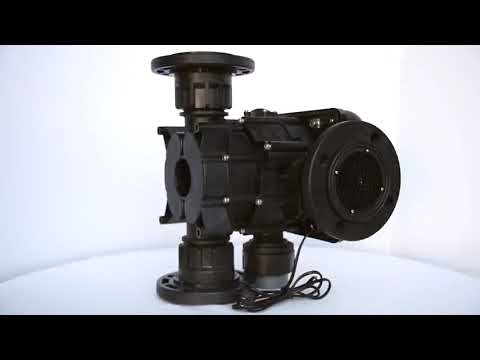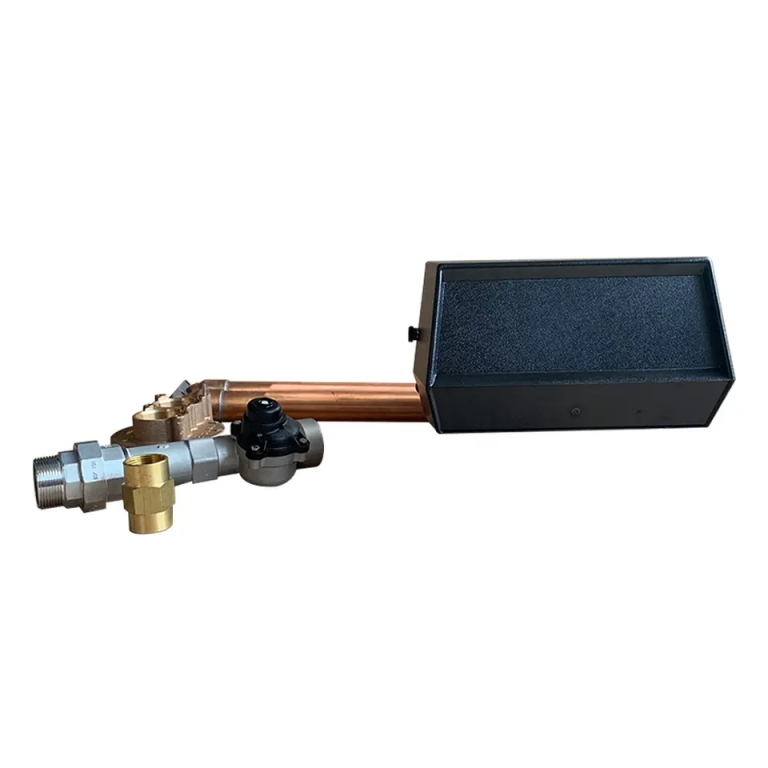Tagline: “Measuring the breath of aquatic life – Unveiling the secrets of dissolved oxygen.”
Understanding the Basics of dissolved oxygen meters
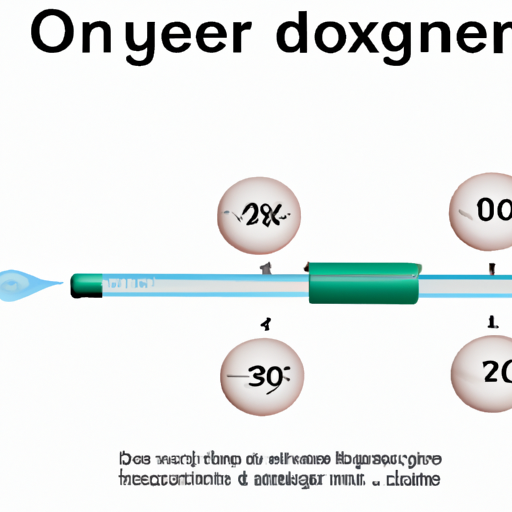
Understanding the Basics of Dissolved Oxygen Meters
| ROS-360 Water Treatment RO Programmer Controller | ||
| Model | ROS-360 Single Stage | ROS-360 Double Stage |
| Measuring range | Source water0~2000uS/cm | Source water0~2000uS/cm |
| First level effluent 0~1000uS/cm | First level effluent 0~1000uS/cm | |
| secondary effluent 0~100uS/cm | secondary effluent 0~100uS/cm | |
| Pressure sensor(optional) | Membrane pre/post pressure | Primary/ secondary membrane front/rear pressure |
| Flow Sensor(optional) | 2 channels (Inlet/outlet flow rate) | 3 channels (source water, primary flow,secondary flow) |
| IO input | 1.Raw water low pressure | 1.Raw water low pressure |
| 2.Primary booster pump inlet low pressure | 2.Primary booster pump inlet low pressure | |
| 3.Primary booster pump outlet high pressure | 3.Primary booster pump outlet high pressure | |
| 4.High liquid level of Level 1 tank | 4.High liquid level of Level 1 tank | |
| 5.Low liquid level of Level 1 tank | 5.Low liquid level of Level 1 tank | |
| 6.Preprocessing signal | 6.2nd booster pump outlet high pressure | |
| 7.High liquid level of Level 2 tank | ||
| 8.Preprocessing signal | ||
| Relay output (passive) | 1.Water inlet valve | 1.Water inlet valve |
| 2.Source water pump | 2.Source water pump | |
| 3.Booster pump | 3.Primary booster pump | |
| 4.Flush valve | 4.Primary flush valve | |
| 5.Water over standard discharge valve | 5.Primary water over standard discharge valve | |
| 6.Alarm output node | 6.Secondary booster pump | |
| 7.Manual standby pump | 7.Secondary flush valve | |
| 8.Secondary water over standard discharge valve | ||
| 9.Alarm output node | ||
| 10.Manual standby pump | ||
| The main function | 1.Correction of electrode constant | 1.Correction of electrode constant |
| 2.TDS alarm setting | 2.TDS alarm setting | |
| 3.All working mode time can be set | 3.All working mode time can be set | |
| 4.High and low pressure flushing mode setting | 4.High and low pressure flushing mode setting | |
| 5.Manual/automatic can be chosen when boot up | 5.Manual/automatic can be chosen when boot up | |
| 6.Manual debugging mode | 6.Manual debugging mode | |
| 7.Spare parts time management | 7.Spare parts time management | |
| Expansion interface | 1.Reserved relay output | 1.Reserved relay output |
| 2.RS485 communication | 2.RS485 communication | |
| Power supply | DC24V±10% | DC24V±10% |
| Relative humidity | ≦85% | ≤85% |
| Environment temperature | 0~50℃ | 0~50℃ |
| Touch screen size | Touch screen size: 7 inches 203*149*48mm (Hx Wx D) | Touch screen size: 7 inches 203*149*48mm (Hx Wx D) |
| Hole Size | 190x136mm(HxW) | 190x136mm(HxW) |
| Installation | Embedded | Embedded |
Dissolved oxygen meters are essential tools used in various industries to measure the amount of oxygen dissolved in a liquid. This measurement is crucial in many applications, such as wastewater treatment, aquaculture, and environmental monitoring. To fully comprehend how dissolved oxygen meters work, it is important to understand the principles behind their operation.
At the heart of a dissolved oxygen meter is an electrochemical sensor. This sensor consists of a cathode and an anode, separated by an electrolyte. When the sensor is immersed in a liquid, oxygen molecules from the liquid diffuse through a gas-permeable membrane and reach the cathode. Here, a chemical reaction occurs, where oxygen is reduced to hydroxide ions. This reaction generates an electric current that is proportional to the amount of oxygen present.
To measure this current accurately, the dissolved oxygen meter is equipped with a microprocessor and a display unit. The microprocessor converts the current into a digital signal and then calculates the dissolved oxygen concentration using a calibration curve. This calibration curve is obtained by measuring the current at different known oxygen concentrations. The display unit then shows the dissolved oxygen concentration in the desired unit, such as milligrams per liter (mg/L) or percent saturation.
To ensure accurate and reliable measurements, dissolved oxygen meters require proper calibration and maintenance. Calibration involves exposing the sensor to a known oxygen concentration, usually in the form of a calibration solution. By comparing the measured current with the expected current, the meter can be adjusted to provide accurate readings. Regular maintenance, such as cleaning the sensor and replacing the electrolyte, is also necessary to prevent contamination and ensure optimal performance.
It is worth noting that dissolved oxygen meters can be categorized into two types: polarographic and optical. Polarographic meters, also known as Clark-type meters, are the most common and widely used. They rely on the electrochemical reaction described earlier to measure oxygen concentration. On the other hand, optical meters utilize luminescent technology, where a fluorescent dye is excited by light, and the oxygen concentration is determined based on the fluorescence decay rate.
Both types of meters have their advantages and limitations. Polarographic meters are generally more affordable and offer faster response times. However, they require regular calibration and maintenance. Optical meters, although more expensive, are known for their accuracy and stability over time. They also eliminate the need for frequent calibration. The choice between the two depends on the specific requirements of the application and the budget available.
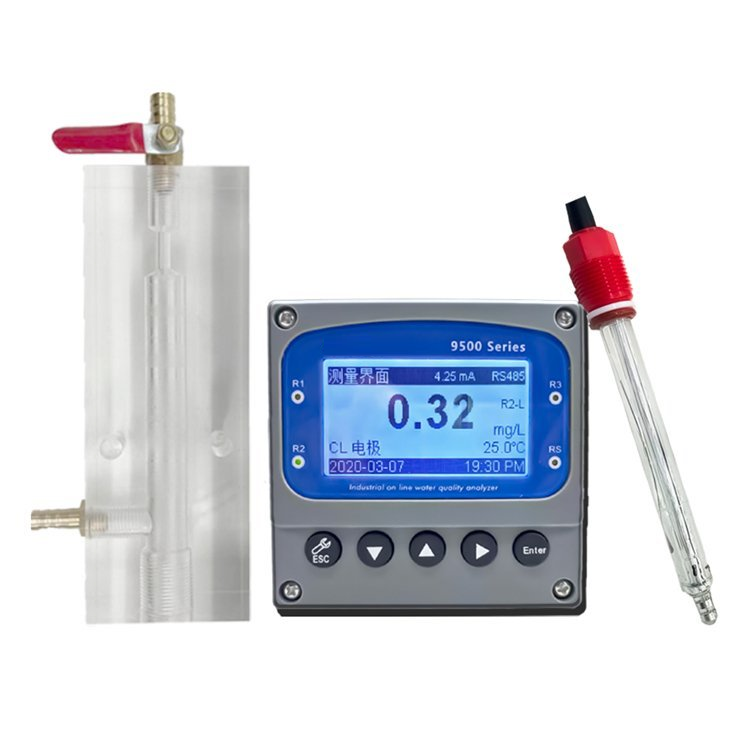
In conclusion, dissolved oxygen meters play a crucial role in various industries by providing accurate measurements of oxygen concentration in liquids. These meters operate based on the principles of electrochemistry or luminescence, depending on the type. Regular calibration and maintenance are necessary to ensure reliable results. By understanding the basics of dissolved oxygen meters, users can make informed decisions when selecting and using these instruments in their respective fields.

